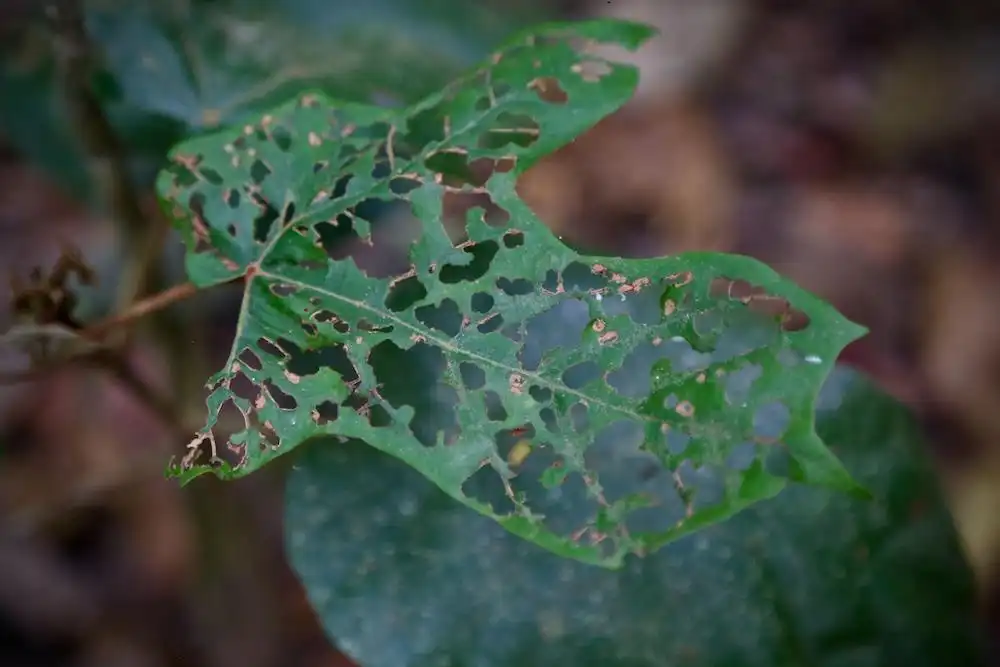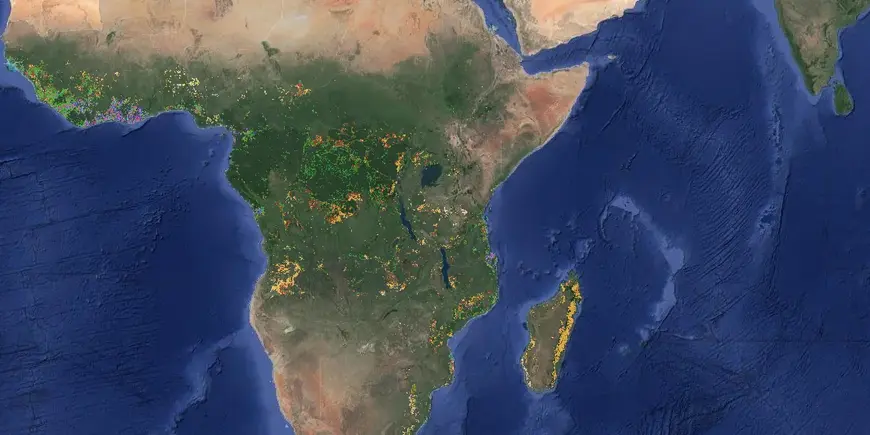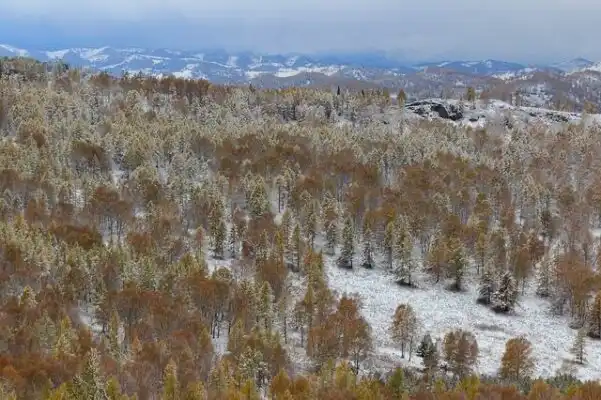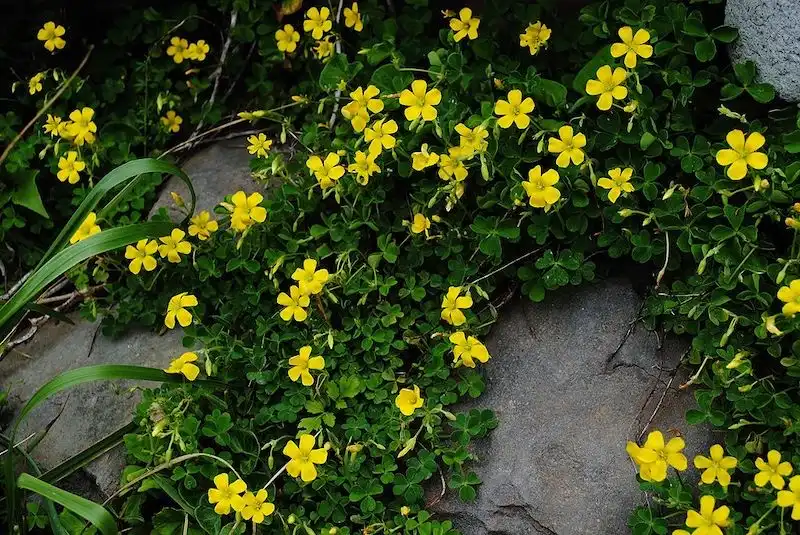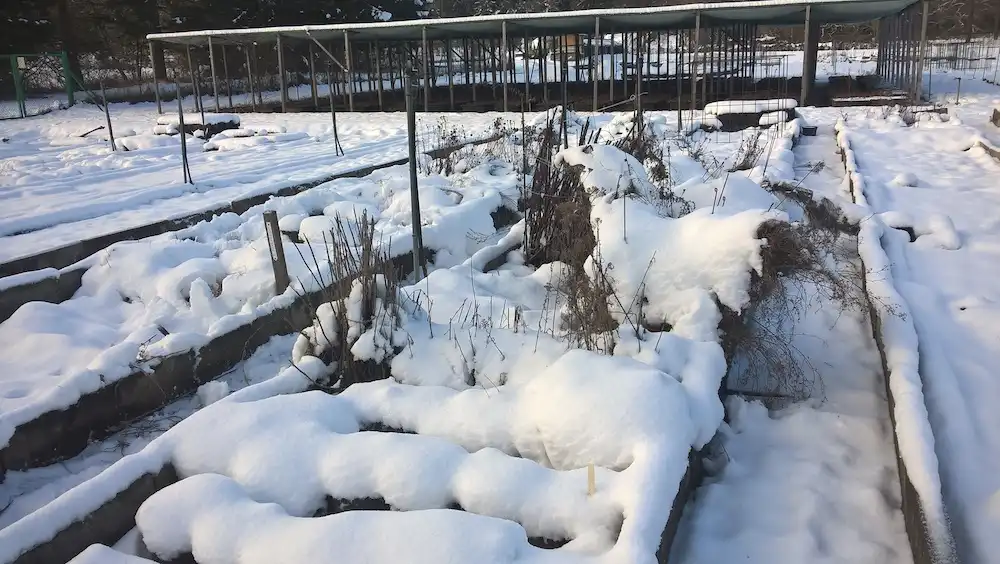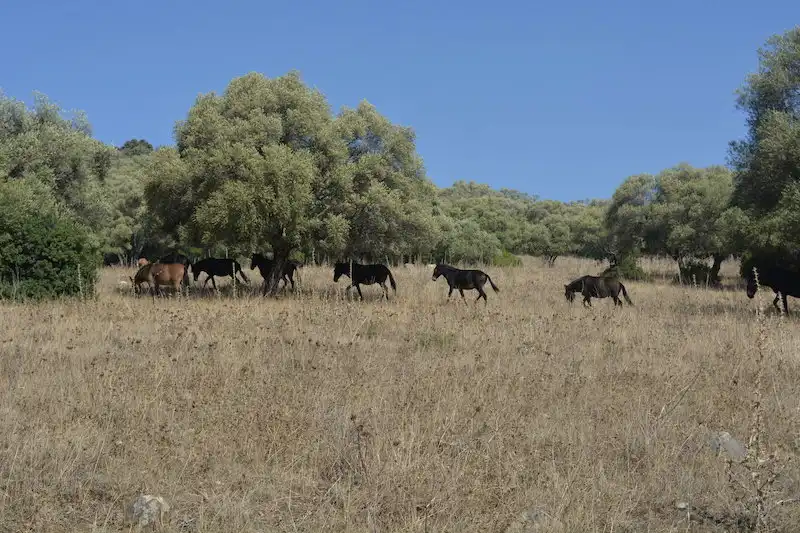
Tropical forest roots play a crucial role in climate change dynamics, yet they're often overlooked. New research highlights the significance of understanding root function in tropical ecosystems. By integrating this knowledge into vegetation models, scientists aim to improve predictions of…
Read More


